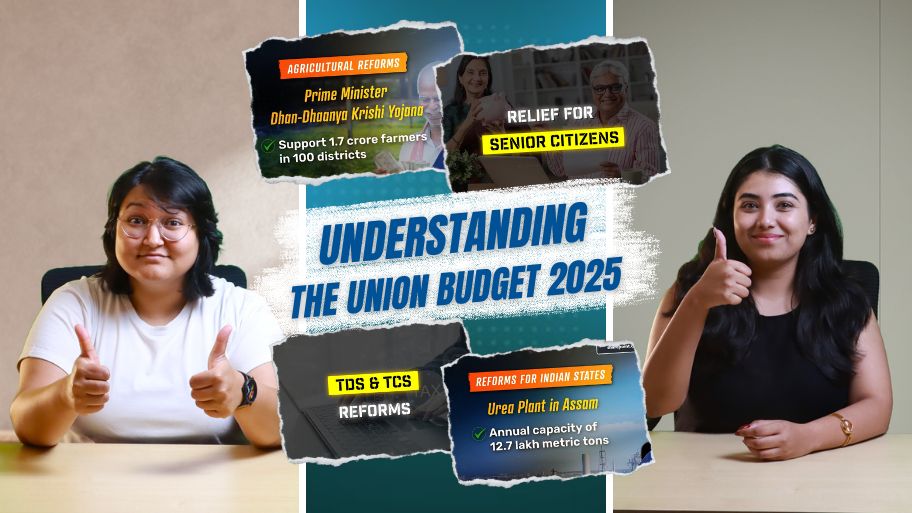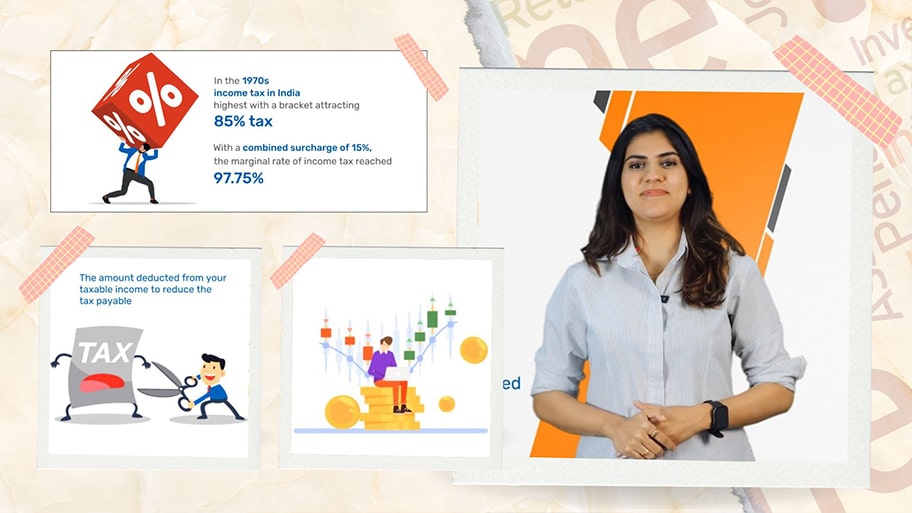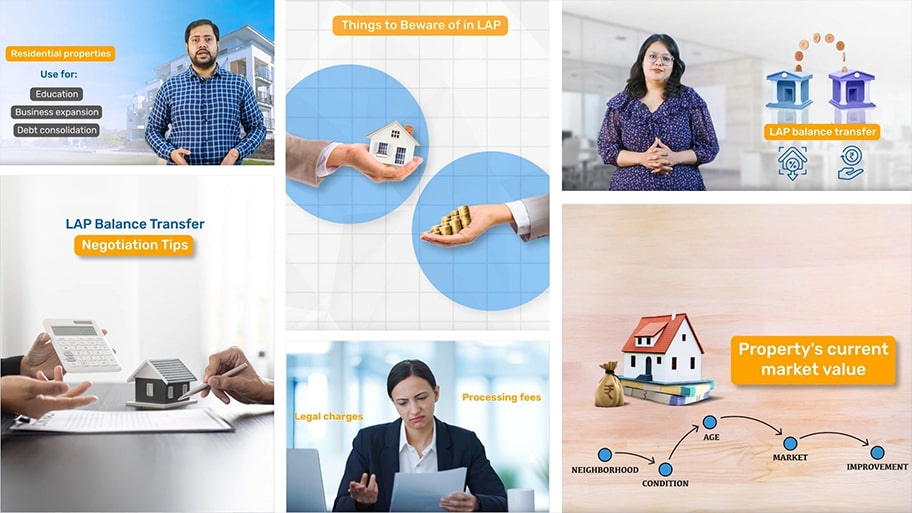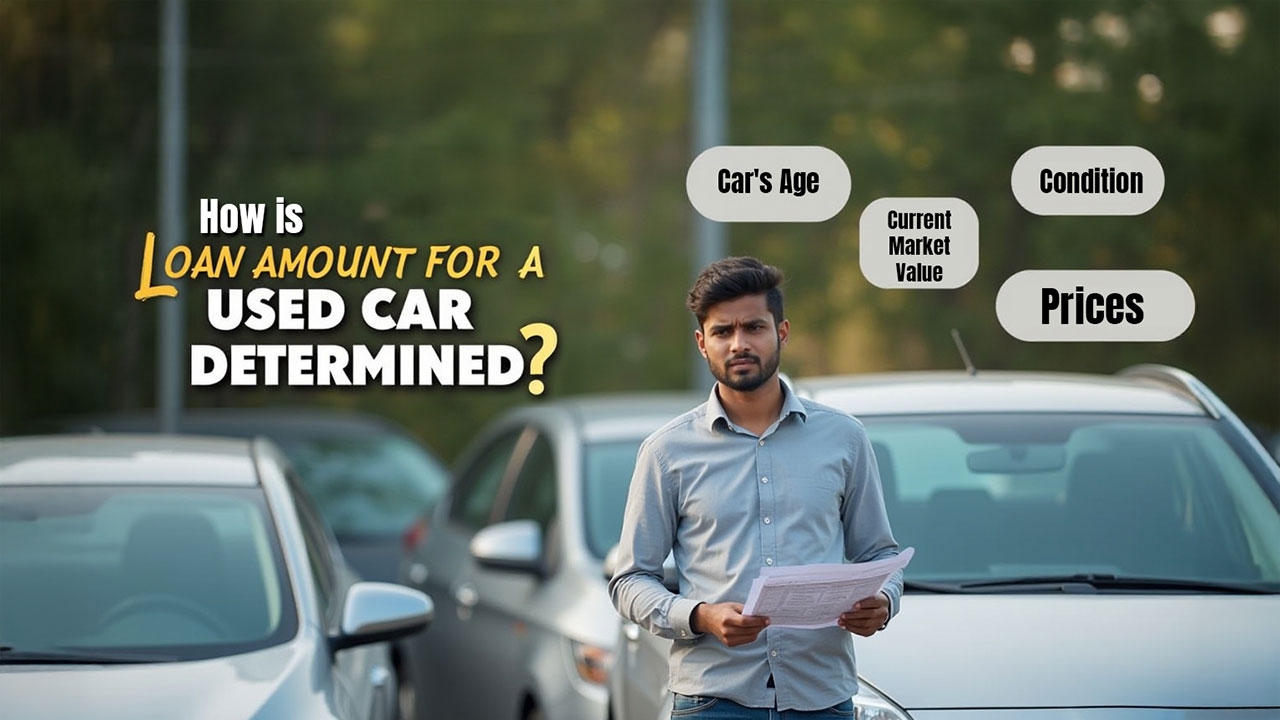Understanding the Union Budget 2025
Episodes
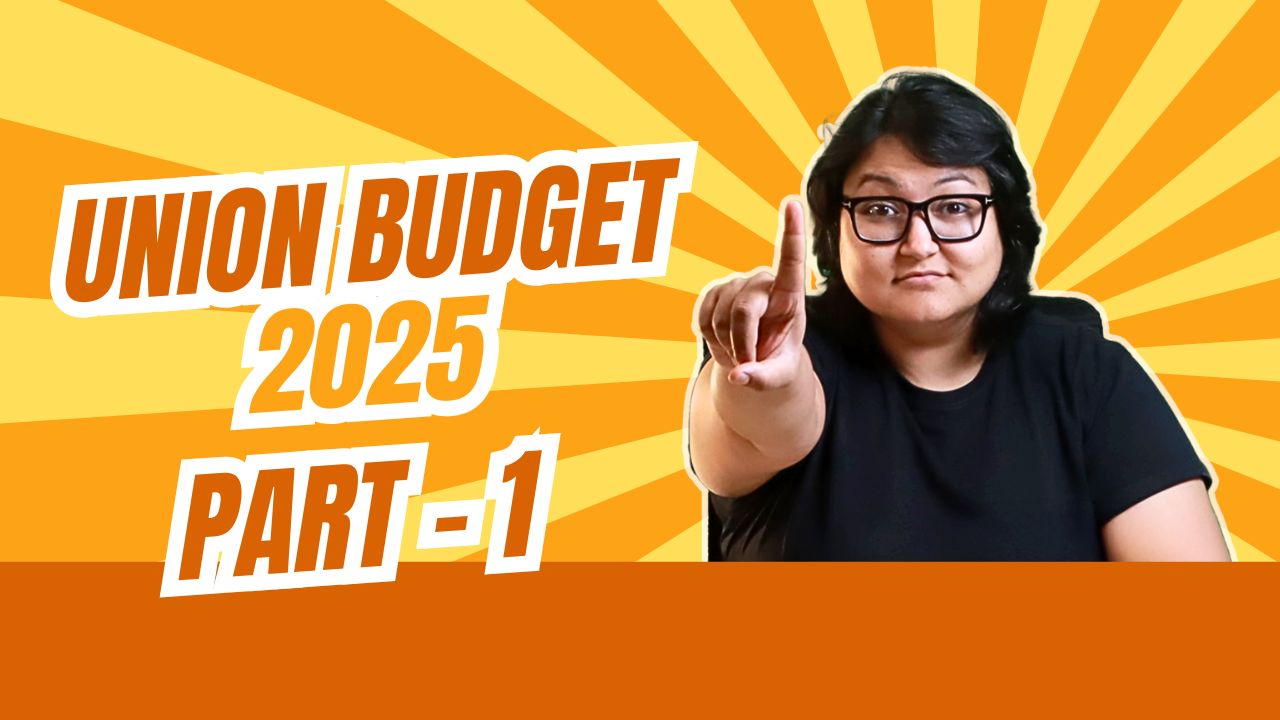
E01: Union Budget 2025 Here s What It Brings for You Part 1
03 mins
The Union Budget 2025 has introduced several key reforms aimed at economic growth, ease of compliance, and financial relief. This video summarises the major changes and introductions for Indian citizens. Under the vision of ‘Viksit Bharat,’ this budget focuses on poverty reduction, quality education, accessible healthcare, employment generation, and women’s economic participation. A major highlight is the simplification of income tax rules. Salaried individuals earning up to ₹12 Lakhs will not have to pay any income tax. The TDS threshold on rent has increased from ₹2.4 Lakhs to ₹6 Lakhs, and senior citizens now enjoy a higher TDS exemption limit of ₹1 Lakh. There are major exemptions in customs duties, especially on life-saving medicines, EV batteries, and shipbuilding materials. MSMEs and startups receive a boost with new credit guarantee schemes and a ₹10,000 Crore Fund of Funds. Additionally, 10 Lakh ‘Customised Credit Cards’ are to be introduced. The budget also announced schemes to support India’s toy, footwear, and shipbuilding industries. This could create employment opportunities and driving exports. With several changes across multiple sectors, this budget aims to fuel long-term economic growth. To learn about other reforms, watch the second part of our detailed breakdown of the Union Budget 2025, only on Academy!
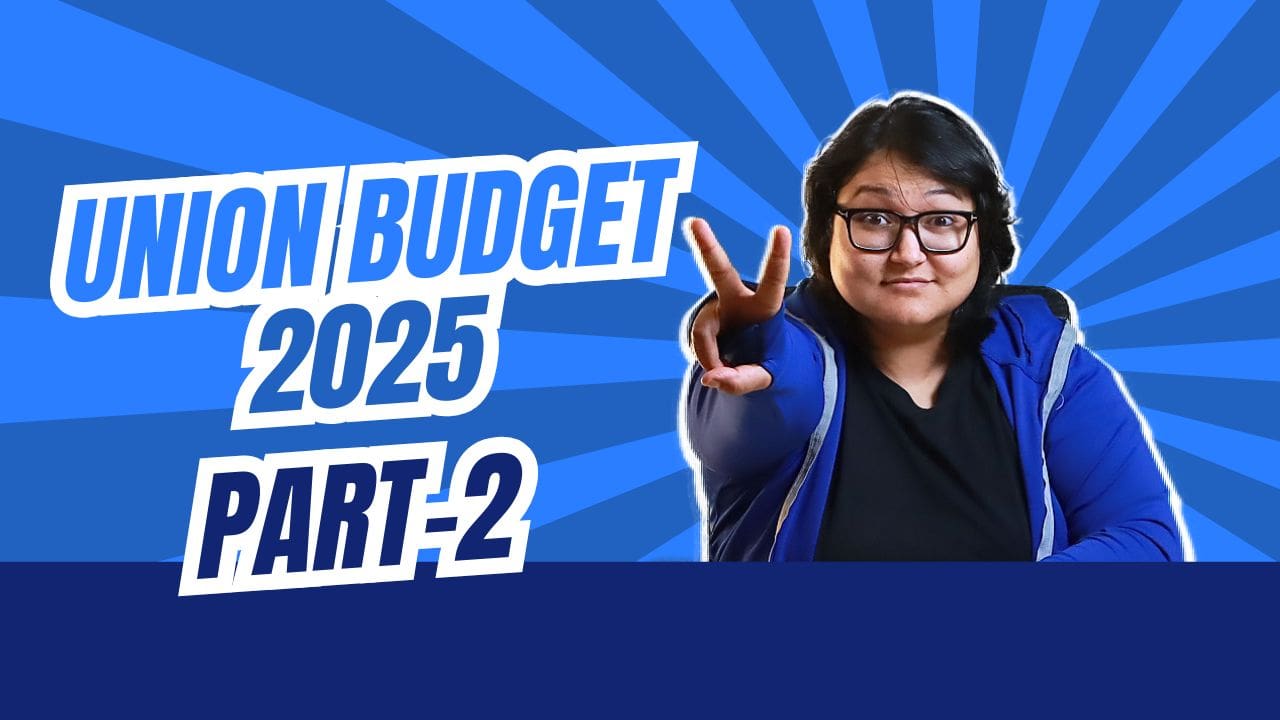
E02: Union Budget 2025 Here s What It Brings for You Part 2
03 mins
Welcome to the second part of our summary video on the Union Budget 2025. Here, we will cover major reforms in tourism, education, agriculture, etc. The tourism sector got a significant boost with MUDRA loans for homestays, improved connectivity, incentives for better tourist management, and e-visa fee waivers. India’s top 50 tourist sites, mainly spiritual and religious locations, will be improved. Under educational reforms, 50,000 Atal Tinkering Labs will be set up in government schools. The government is also pushing for broadband connectivity in rural secondary schools and the launch of digital books in Indian languages. There will be 10,000 fresh medical seats and additional infrastructure in five new IITs. Farmers will benefit from the launch of the ‘Makhana Board’ in Bihar, an increased Kisan Credit Card limit of ₹5 Lakhs, and a five-year cotton productivity mission. The government will also support 1.7 crore farmers through the Prime Minister Dhan-Dhaanya Krishi Yojana. State development plans include a new urea plant in Assam, sustainable fishery projects in the islands, and new airports in Bihar. Additionally, ₹1 Lakh Crore has been allocated for the ‘Urban Challenge Fund,’ and ₹15,000 Crore for affordable housing projects. For more insights into the Union Budget 2025, stay tuned to Academy!
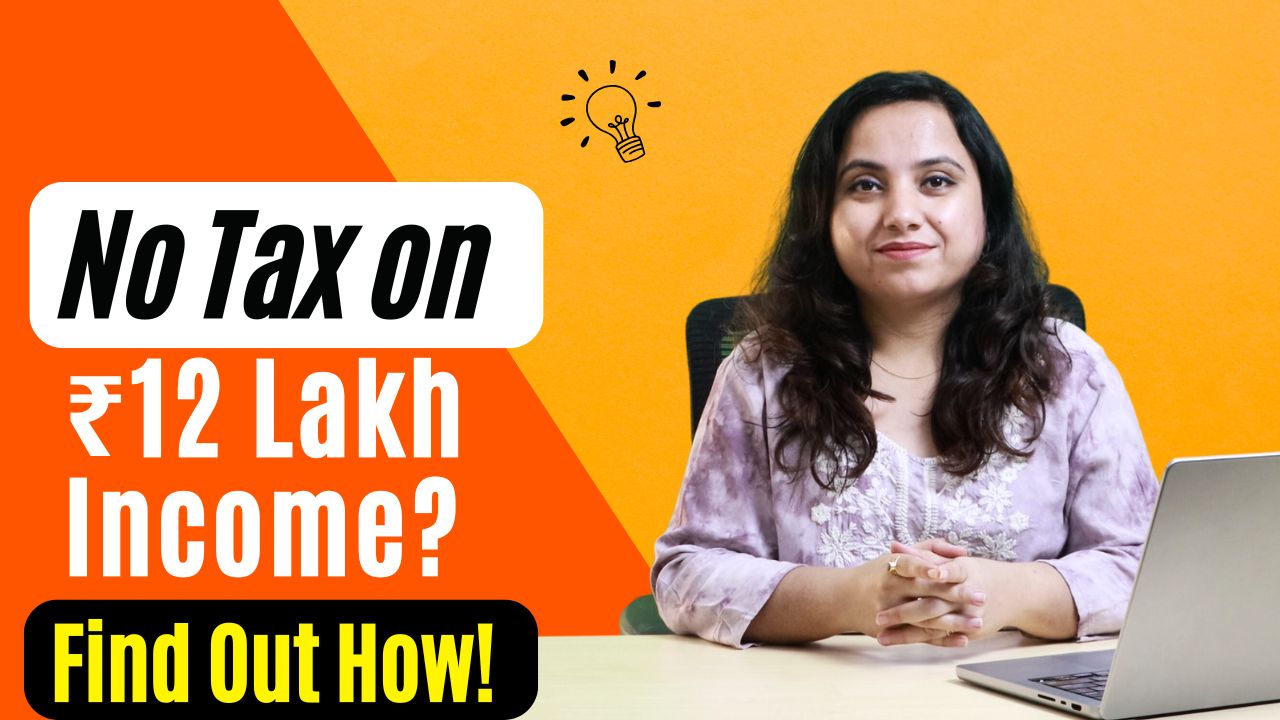
E03: No Tax on Rs 12 Lakh Income Find Out How
03 mins
Budget 2025 has introduced a tax exemption for incomes of up to ₹12 Lakhs, bringing relief to taxpayers. In this video, we’ll break down how this exemption works and give examples of tax calculations post this change. We’ll begin by looking at the revised tax slabs under the new tax regime. You’ll learn how terms like gross income, net income, and standard deduction play a major role in determining the final tax liability. We’ll explore how the tax rebate under Section 87A applies to net incomes of up to ₹12 Lakhs, reducing tax payable to zero. We’ll explain tax calculations for a higher net income of ₹25 Lakhs. You’ll see how different slabs apply, how deductions factor in, and how the final tax amount is determined. We’ll also talk about how the health & education cess is applied. This simplified approach could help you grasp the logic behind the new tax structure and how it impacts different income levels.
What to Watch Next
All

